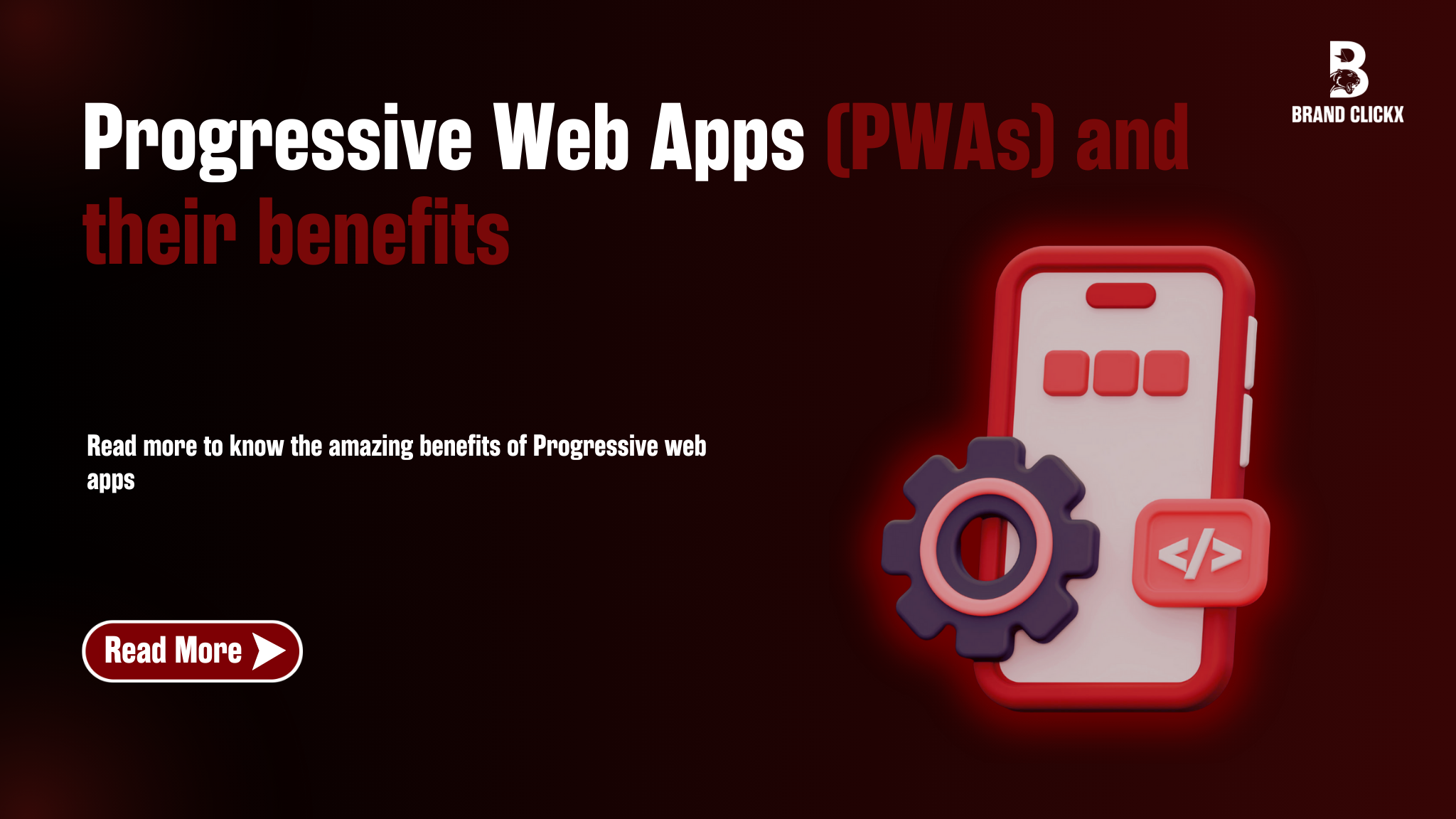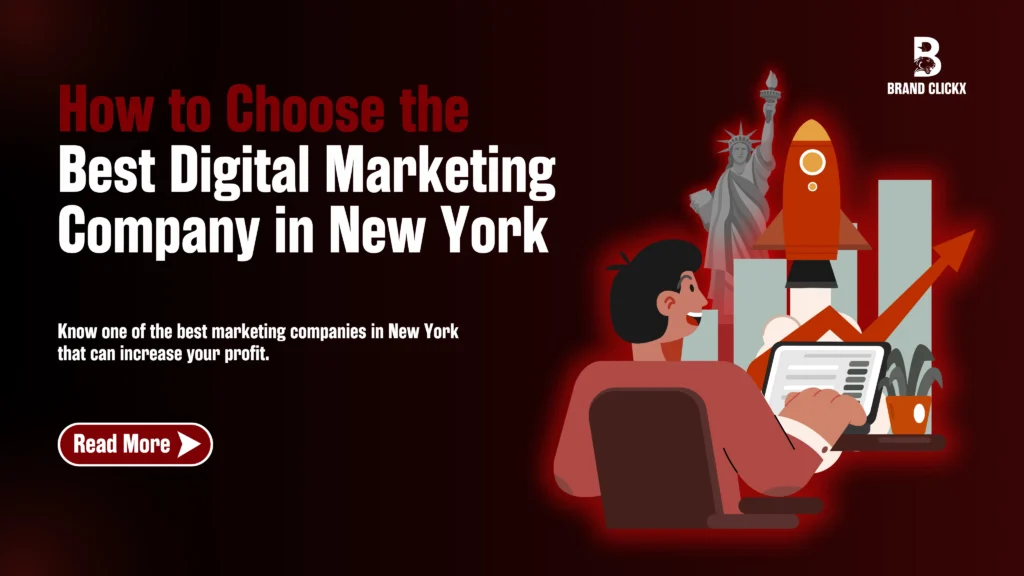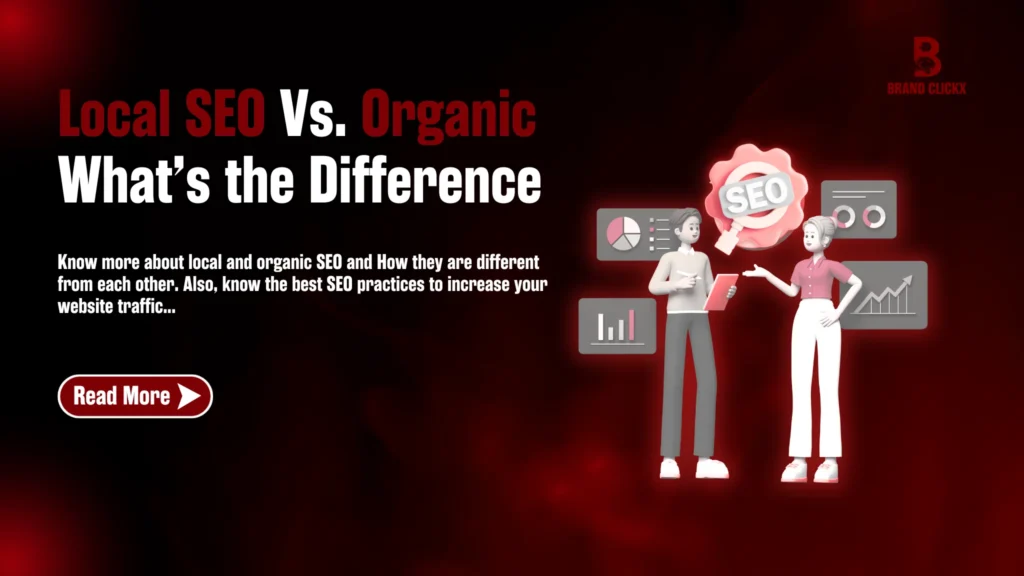Building a mobile app isn’t cheap. The costs pile up fast between development, app store fees, and ongoing maintenance. And even after all that effort, getting users to download your app? That’s another uphill battle. Most people already have too many apps cluttering their phones, making them reluctant to install another one.
But what if you could get all the benefits of a mobile app – without the high costs or download friction? That’s exactly where Progressive Web Apps (PWAs) and their benefits come in.
PWAs look and feel just like native apps but run directly in a web browser. No downloads. No app store approvals. Just a seamless, fast, and engaging experience that works on any device.
Still not convinced? Let’s break down why switching to a PWA might be one of the smartest moves for your business.
What are Progressive Web Apps (PWAs) and their benefits?
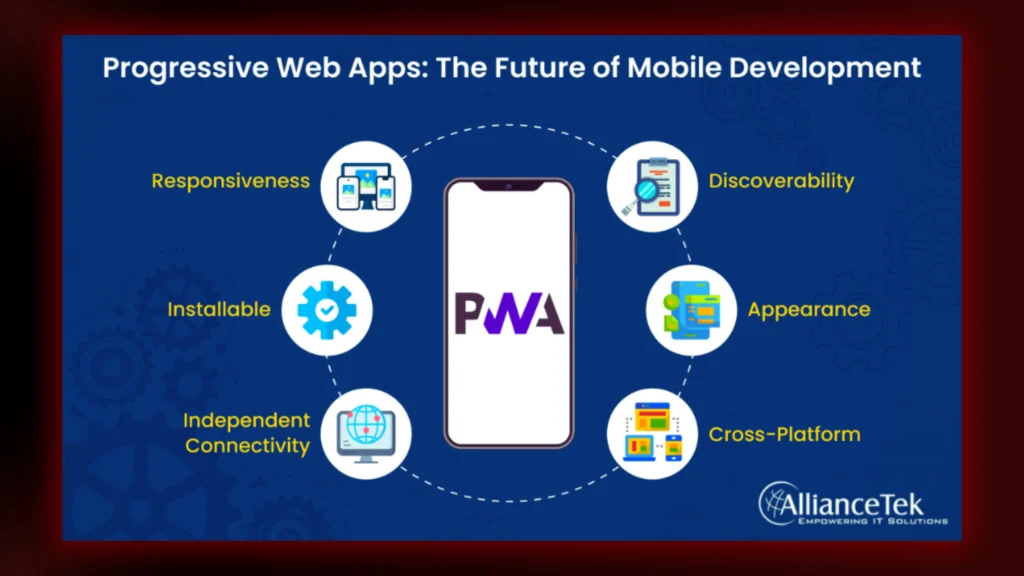
To truly appreciate progressive web apps (PWAs) and their benefits, it’s essential to understand what they are and how they differ from traditional websites and native apps.
- Traditional Websites: These websites must use a web browser and be connected to the internet to work. The latter usually provides a wide selection of content and feature availability, though they can also be quite slow or unavailable when the Internet is unavailable.
- Native Apps: Applications in this case are the ones crafted specifically to operate on a specific operating system (for example; iOS, Android) and downloaded from the app store. However, native apps perform very well since they can take advantage of device specifics with very little performance penalty, and can be developed and optimized for each platform separately, but this means more cost and time spent on development.
- Progressive Web Apps (PWAs): A PWA is a web application that utilizes modern web technologies to have a native app-like experience within a web browser. In other words, it offers the best of both worlds in that it is accessible and large in reach, very much like websites are and it also has the performance and functionality of a native app.
Read more to know about security essentials to prevent cyber threats
Key Features That Define a PWA
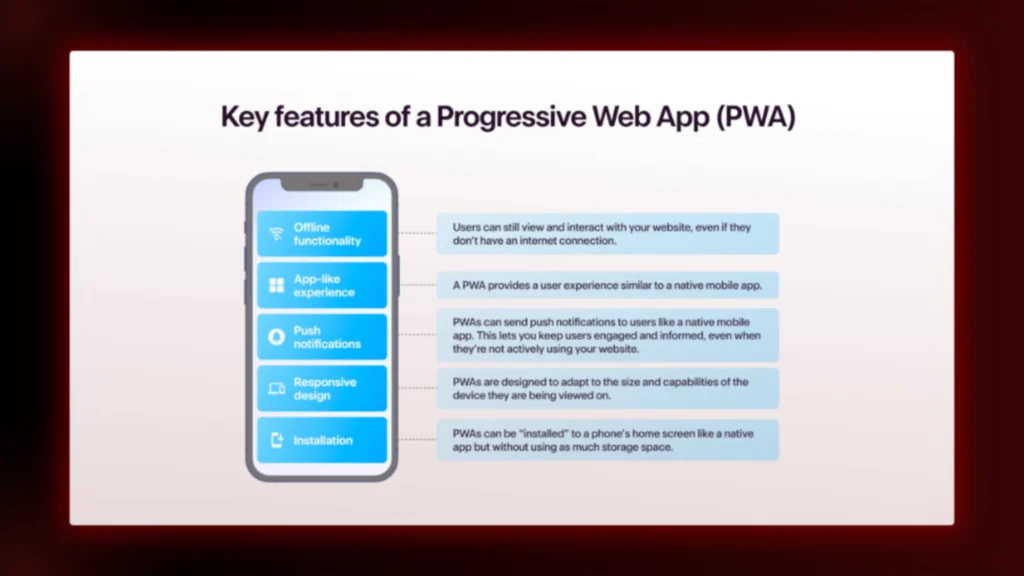
For an application to be considered a PWA, it must possess certain key features:
- HTTPS Encryption: Security is paramount, and PWAs use HTTPS to ensure secure communication between the browser and server, protecting user data.
- Manifest File: This file defines the structure of the app, including its name, icon, and appearance when installed on a device’s home screen.
- Service Workers: These JavaScript files work in the background, acting as a proxy between the browser, network, and app. They enable offline functionality, push notifications, and background updates.
Top 10 Benefits of Progressive Web Apps
Now that we have a clear understanding of what Progressive web apps (PWAs) and their benefits, let’s read:
Native App-Like Experience
PWAs provide a user experience that closely resembles native apps, with features like home screen icons, full-screen mode, and smooth animations. This can lead to increased user engagement and satisfaction.
Offline Functionality
One of the most significant advantages of PWAs is their ability to work offline or in low-connectivity environments. Service workers cache content, allowing users to access previously viewed pages even without an internet connection.
Cross-Platform Compatibility
PWAs are designed to work on any device with a web browser, regardless of the operating system. This eliminates the need for separate development efforts for different platforms, reducing costs and development time.
Reduced Development Costs
Developing a PWA is typically less expensive than building native apps for multiple platforms. A single codebase can be used for both the website and the PWA, simplifying development and maintenance. For expert guidance and support in PWA development, consider consulting Brandclickx.
Improved Performance
PWAs are optimized for speed and performance, with fast loading times and smooth scrolling. This is achieved through techniques like code optimization, image compression, and caching.
Instant Updates
Unlike native apps that require users to download updates from an app store, PWAs update automatically in the background. This ensures that users always have the latest version of the app without any disruption.
Increased Engagement
PWAs can send push notifications to users, even when the app is not actively in use. This allows businesses to re-engage users with relevant content and promotions, driving traffic and conversions.
Better Search Engine Optimization (SEO)
PWAs are discoverable by search engines, just like traditional websites. This can improve a website’s visibility in search results, driving organic traffic.
Lower User Abandonment
PWAs can be easily installed from a web browser, reducing user abandonment compared to native apps that require a trip to the app store. Users can also access PWAs via a URL, without installation.
Wide Reach
PWAs work for every user, regardless of the platform they use. PWAs are instantly accessible to a broad audience and can be shared easily through a link.
How to Get Started with PWAs
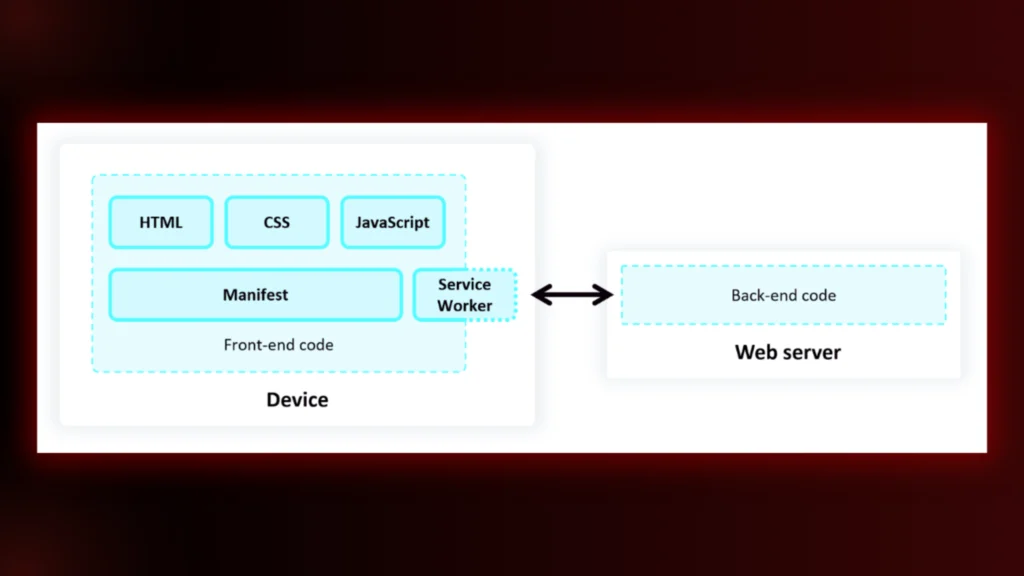
If you’re convinced that a PWA is the right choice for your business, here are the basic steps to get started:
- Assess Your Needs: Determine your goals for the PWA and identify the features and functionality that will best serve your users.
- Choose a Development Approach: You can either build a PWA from scratch or use a PWA framework like React, Angular, or Vue.js.
- Implement Key Features: Ensure that your PWA meets the core requirements, including HTTPS encryption, a manifest file, and service workers.
- Optimize for Performance: Optimize your code, images, and other assets to ensure fast loading times and a smooth user experience.
- Test Thoroughly: Test your PWA on different devices and browsers to ensure compatibility and identify any issues.
- Deploy and Promote: Once you’re satisfied with your PWA, deploy it to your website and promote it to your users.
Final Thoughts
Businesses can achieve great user experiences, expand their audience, and produce genuine results through PWAs. Now would be a good time to learn about the might of Progressive Web Apps (PWAs) and their benefits, if you seek to stay one step ahead and deliver the best possible web experience to your users.
Consequently, if you want guidance through the entire process from experts, BrandClickX is available, and we are ready to take you through every step.
FAQs
1. What are Progressive Web Apps (PWAs) and their benefits?
Progressive Web Apps (PWAs) and their benefits refer to web applications that offer a native app-like experience while running in a browser. The main benefits include fast loading speeds, offline functionality, push notifications, and improved user engagement.
2. How do Progressive Web Apps (PWAs) and their benefits improve user experience?
Progressive Web Apps (PWAs) and their benefits enhance user experience by providing smooth navigation, instant loading, and the ability to work offline. These apps eliminate the need for installation and updates, making them more user-friendly.
3. Are Progressive Web Apps (PWAs) and their benefits better than native apps?
Yes, Progressive Web Apps (PWAs) and their benefits often outweigh native apps because they are lightweight, require no downloads from app stores, and work seamlessly across different devices and operating systems.
4. How do Progressive Web Apps (PWAs) and their benefits help businesses?
Progressive Web Apps (PWAs) and their benefits help businesses by improving customer retention, increasing engagement, and reducing development costs. Since PWAs load quickly and work offline, they enhance conversion rates and user satisfaction.

